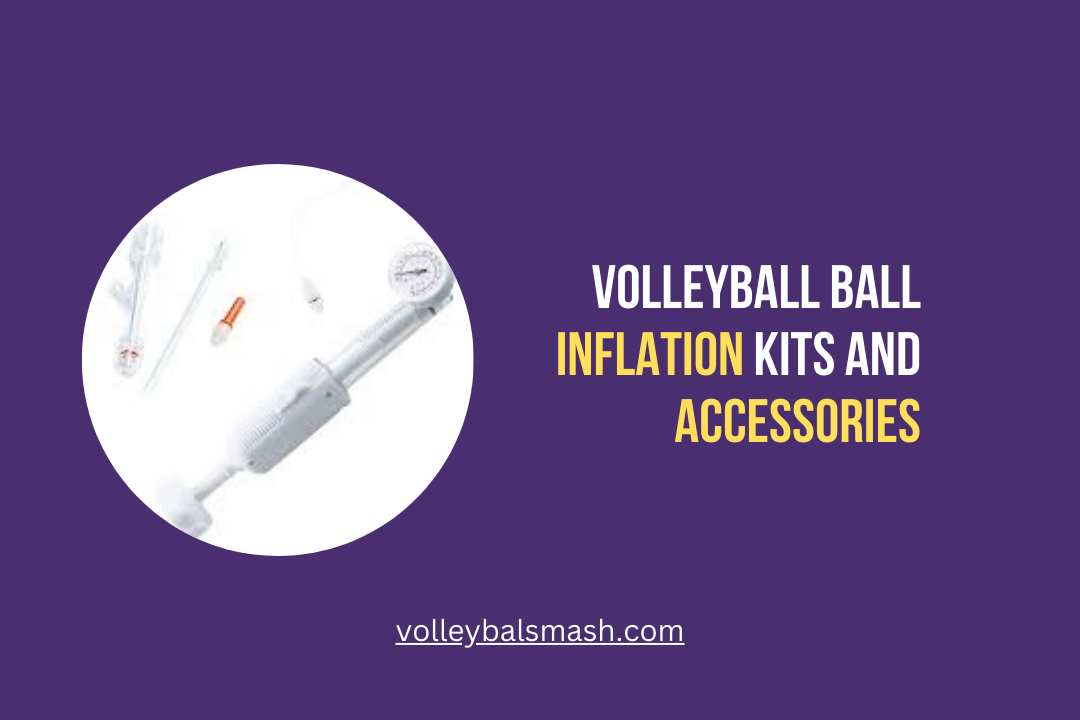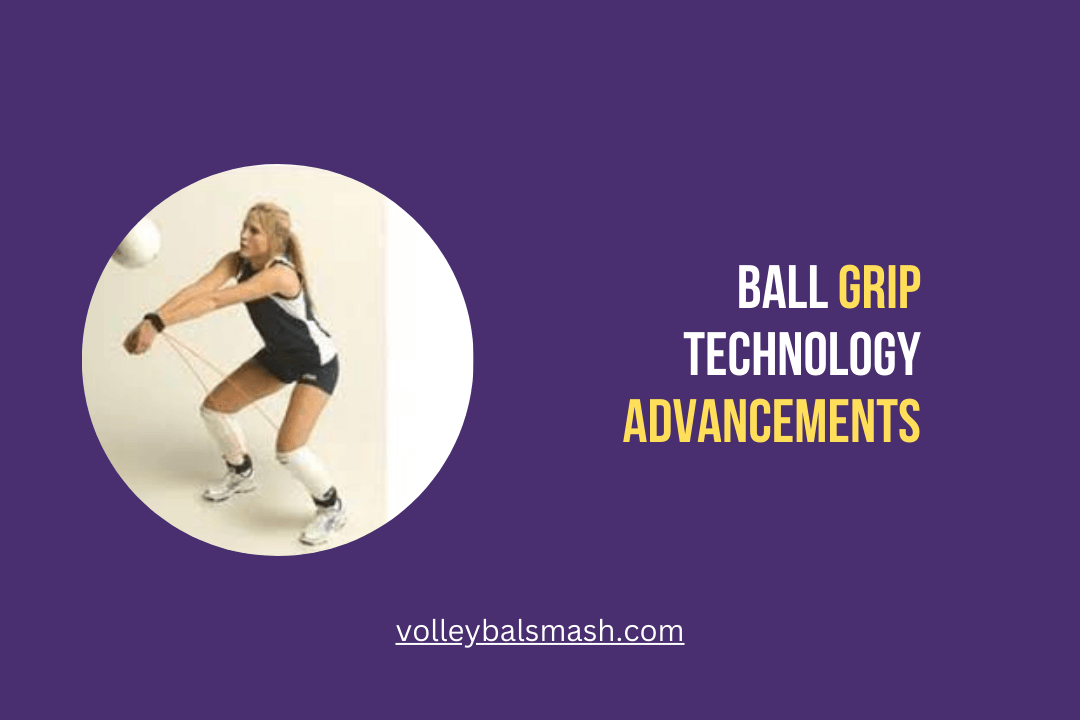Custom volleyball balls for special events

Historical Development of Volleyball Ball Specifications
Some of the earliest volleyball balls were made from leather and significantly heavier than the balls we use today. Over the years, the specifications and weight of the volleyball ball have evolved to suit the demands of the game and the players. Let’s take a closer look at the historical development of volleyball ball specifications and the impact it has had on the game.
Standardization of Volleyball Ball Weight
The standardization of volleyball ball weight has been an essential aspect of the game’s development. In the early days of volleyball, the weight of the ball varied significantly from one manufacturer to another, leading to inconsistencies in play. However, the standardization of volleyball ball weight, which is now set at 9.2 to 9.9 ounces, has brought about a level playing field for all players. This has ensured that you can expect a consistent and predictable performance from the volleyball ball, regardless of the brand or make.
Evolution of Material and Design Impacting Weight
The evolution of the materials used in volleyball ball construction has also had a significant impact on the ball’s weight. Traditional leather balls have given way to synthetic materials, which are not only lighter but also more durable. Additionally, advancements in ball design, such as the introduction of the microfiber cover and butyl bladder, have contributed to a lighter yet more responsive volleyball ball. These developments have improved your overall experience on the court, allowing for faster and more accurate gameplay.
Volleyball Ball Weight Variations
One of the key factors that can impact your volleyball game is the weight of the volleyball balls you use. While most people may not give it much thought, the weight of the volleyball can have a significant impact on your performance and overall experience during play. Understanding the variations in volleyball ball weights and their impact is essential for every volleyball player.
Factors Contributing to Weight Variations
There are several factors that contribute to variations in volleyball ball weights. These factors include the materials used in the construction of the ball, the manufacturing process, and the intended use of the ball. Additionally, environmental factors such as humidity can also affect the weight of the ball. It’s important to consider these factors when selecting a volleyball ball for your game. Choosing a ball with the right weight can significantly impact your performance on the court, providing you with better control and accuracy with your shots. Though the weight of the ball may seem like a small detail, it can make a big difference in how you play.
Regulation versus Non-Regulation Volleyball Ball Weights
When it comes to volleyball balls, there are regulation and non-regulation weight variations. Regulation volleyball balls are designed to meet specific standards set by governing bodies such as the Fédération Internationale de Volleyball (FIVB). These regulation balls are carefully tested for weight and other factors to ensure fair play. On the other hand, non-regulation volleyball balls may have inconsistent or unpredictable weights, which can affect the game. When choosing a volleyball ball, it’s important to consider whether it meets regulation standards to ensure a consistent playing experience.
Impact of Ball Weight on Players and Gameplay However, ball weight significantly impacts players and gameplay in volleyball. A study published in the National Center for Biotechnology Information found that changes in body composition and motor fitness of young volleyball players were directly related to the weight of the ball used in training and matches (Changes in Body Composition and Motor Fitness of Young …). This indicates that the weight of the ball can have a profound effect on the players and the overall gameplay. Effects on Serving and Spiking Techniques The weight of the volleyball impacts serving and spiking techniques. A lighter ball allows you to generate a higher arm swing speed, making it easier for you to put power behind your serves and spikes. On the other hand, a heavier ball may require more effort to generate the same speed and power. This means that using a heavier ball for practice can help you build the necessary strength and control for more effective serving and spiking techniques in real matches. Influence on Player Safety and Risk of Injury The weight of the volleyball also plays a crucial role in player safety and the risk of injury. When the ball is too heavy, it can put additional strain on your muscles and joints, increasing the risk of overuse injuries such as tendonitis or muscle strains. Conversely, a lighter ball reduces the impact on your body, decreasing the likelihood of injury. It’s important to choose the right ball weight to not only enhance your performance but also to protect yourself from potential injuries. In summary, the weight of the volleyball has a significant impact on players and gameplay, affecting serving and spiking techniques as well as player safety and the risk of injury. It’s crucial to consider the weight of the ball when training and playing to ensure optimal performance and to prevent potential injuries. With the right ball weight, you can enhance your game and minimize the risk of injury, ultimately improving your overall volleyball experience.
Advancements in Technology and Future Trends
Your understanding of volleyball ball weight and its impact on the game is essential for staying ahead in the sport. As technology continues to evolve, so do the tools and equipment used in volleyball. For a more in-depth understanding of the dimensions and drawings of volleyball, check out Volleyball Dimensions & Drawings.
Introduction of Smart Volleyballs and Weight Calibration
The introduction of smart volleyballs has revolutionized the way the game is played and analyzed. These technologically advanced balls are equipped with sensors that track various aspects of the game, including weight and impact. With the ability to calibrate weight and analyze its impact on players’ performance, smart volleyballs provide valuable data that can be used to optimize training and game strategies. As the sport continues to embrace technology, it is important for players and coaches to stay updated on the latest advancements in smart volleyballs and weight calibration.
Forecasting Changes in Rules and Players’ Adaptation
With advancements in technology, the future of volleyball will likely see changes in rules and regulations to accommodate new equipment and tools. This may include adjustments in the acceptable weight variations of the volleyball ball and how it impacts the game. Players will need to adapt to these changes, redefining their training methods and strategies to stay competitive. Embracing these changes will be crucial for staying at the forefront of the sport and maintaining a strong performance on the court.
Conclusion: Volleyball ball weight variations and their impact
On the whole, it is important to consider the impact of volleyball ball weight variations on your game. While a lighter ball may allow for faster sets and hits, it may also reduce the power and accuracy of your shots. On the other hand, a heavier ball may improve power and accuracy, but at the cost of slower game play. Ultimately, the weight of the ball you choose to use will depend on your individual playing style and preferences. It is important to experiment with different weights to find the one that best suits your game. Keep in mind that adjusting to a new weight may require some time and practice, but it can ultimately lead to improved performance.
FAQ
What are the weight variations of volleyball balls and how do they impact the game?
Volleyball balls typically come in two standard weights – 9 ounces and 10 ounces. The 9-ounce ball is often used for women’s and indoor volleyball, while the 10-ounce ball is used for men’s and beach volleyball. The weight of the ball impacts the speed and trajectory of the game. Heavier balls tend to move slower and require more force to set or spike, while lighter balls move faster and are easier to maneuver.
How does the weight of a volleyball ball impact player performance?
The weight of the volleyball ball can significantly impact player performance. Lighter balls are easier to control and manipulate, making them ideal for quick and agile gameplay. However, they may require more power to generate the same force as a heavier ball. Heavier balls, on the other hand, provide more resistance and may require greater physical strength to handle effectively. Players must adjust their technique and strength based on the weight of the ball they are using.
Are there any regulations regarding the weight of volleyball balls in official competitions?
Yes, the International Volleyball Federation (FIVB) has regulations regarding the weight of volleyball balls used in official competitions. For indoor volleyball, the standard weight for the ball is 260-280 grams (9-10 ounces), while for beach volleyball, the standard weight is 260-280 grams (9-10 ounces). These regulations ensure consistency and fairness in the game by standardizing the weight of the ball across different matches and venues.











